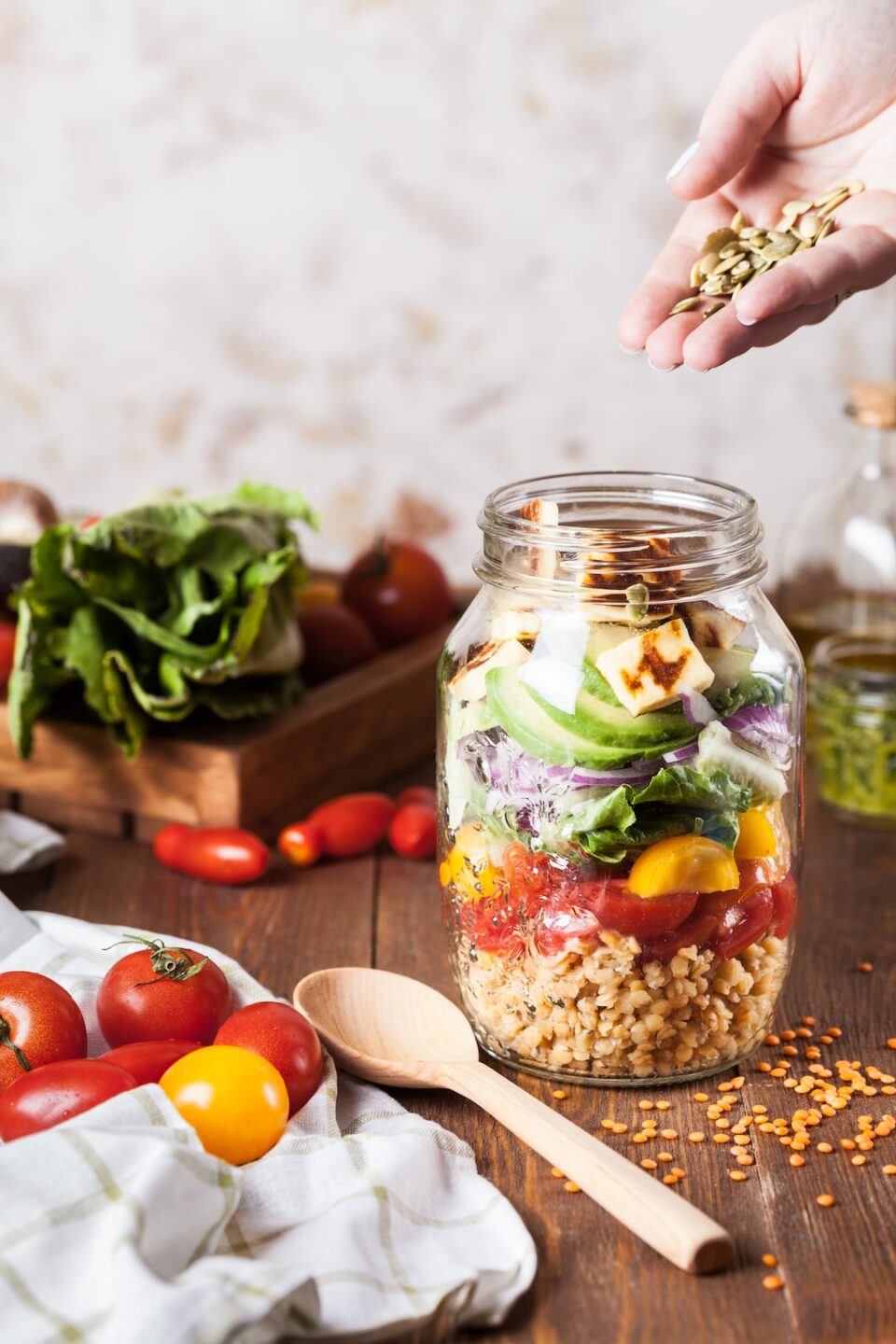Indoor gardening has become increasingly popular in recent years. It is no surprise, given the many benefits it provides. Not only is it an enjoyable hobby, but it also brings numerous health benefits and is an eco-friendly choice for those who want to live sustainably. Below are some of the many benefits of indoor gardening and tips on how to get started.
Benefits:
1. Improved Air Quality
Indoor plants act as natural air filters. They help purify the air by filtering out common pollutants like benzene, formaldehyde, and volatile organic compounds (VOCs), which are found in paints, furniture upholstery and cleaning supplies. By purifying the air, indoor plants can create a healthier indoor environment.
2. Lower Stress Level
Indoor gardening can be therapeutic and a great stress-reliever. The process of caring for plants has been shown to lower cortisol levels in the body, which is the hormone responsible for stress. Gardening can also have a meditative effect that helps to calm and clear the mind.
3. Increase Productivity
Adding plants to an indoor space can boost productivity, creativity and enhance focus. Studies have shown that workplaces with indoor plants have improved morale, reduced sick leave absenteeism and increased productivity.
4. Economical
Indoor gardening is an inexpensive hobby. It only requires some basic equipment like pots, potting soil, and seeds or seedlings. By growing your own produce, you can save money on grocery bills.
Getting Started:
1. Choose Plants
There are many indoor plants available that are easy to care for, such as spider plants, snake plants, and peace lilies. It’s important to choose plants that thrive in low light conditions if your home does not have a lot of natural light.
2. Choose Pots
Indoor plants can be grown in many types of containers, including traditional plant pots, hanging baskets, and wall-mounted planters. The pot should have drainage holes to allow excess water to drain out.
3. Soil
Choose a high-quality potting mix that will allow water to drain easily and provide nutrients for your plants’ growth.
4. Lighting
Most indoor plants require some amount of sunlight to grow, but not all of them require direct sunlight. If you have limited natural light in your space, you may consider using grow lights.
5. Watering
Follow the instructions on your plant label or lookup online how often and how much water is needed. Overwatering is a common mistake, so it’s essential to allow the soil to dry out slightly between watering.
In conclusion, indoor gardening offers numerous health benefits and is an economical and sustainable way to grow your produce while also beautifying your home. By following these simple tips, you can easily get started with indoor gardening and reap the benefits of this enjoyable hobby.

